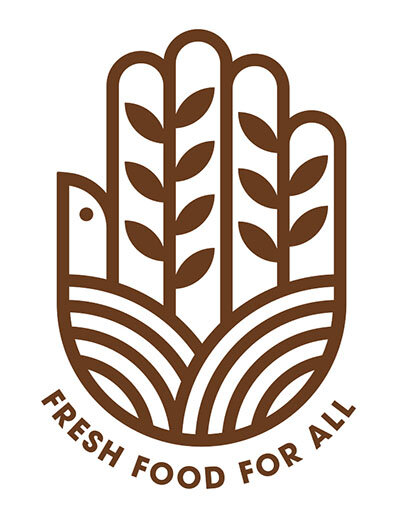About the Land We Farm
Just north of Lone Rock and about and hour West of Madison, WI, our farm is nestled against the beautiful bluff country and north of the Wisconsin River.
We’ve been working to increase diversity of crops, protect and manage the soil fertility. Right away after becoming the stewards of the land we began the process to become certified organic. Because of our experience being certified organic on other farms we were able to easily begin the transition process.As of July 2020 the farm is officially certified organic! Organic certification ins a yearly process and our certifying agency is MOSA.
The farm is a lovely mix of sandy soil crop ground as well as pasture/prairie that leads into wetland along Bear Creek. The pasture ground protects the wetland areas, as well as the crop ground. As we are able we will be managing the old pasture / prairie with burns and management of invasive species.
We've been progressively learning about the land we farm this year (2021). Both about the soils, micro climates, rainfall patterns (or lack of) but also the history of the land. Our interest was especially peaked when we found a projectile point (arrow head) in one of the fields. Since then we have found several more. With the help of some very knowledgeable amateur enthusiasts, they date the style of points to about 600-800 BC. In more recent history - most of the information we've been able to find is from when Wisconsin first became a state in 1848. From the look of the early maps this land was farmed or claimed before it was a state but the first deed claim was to the local preacher. We then had a chance to look at local history publication "Herkimers Holsteins & Cheese" about the area, that mentions the farm in the introduction. It turns out that the plot had twenty Native American mounds that were all excavated by the Smithsonian in 1881. All were round or oblong. From how I understand the description most or all were burials as they found very fragile remains of people in them. It was described as being in the meadow of the farmstead, so if there was any mapping of the mounds it seems like it would take time to sift through any digitized records. Learning the history of where we farm and live is both exciting and gives us a feeling of connectedness. To be part of the long complicated history of humans who have lived in this little corner of the world is an honor and a privilege.











